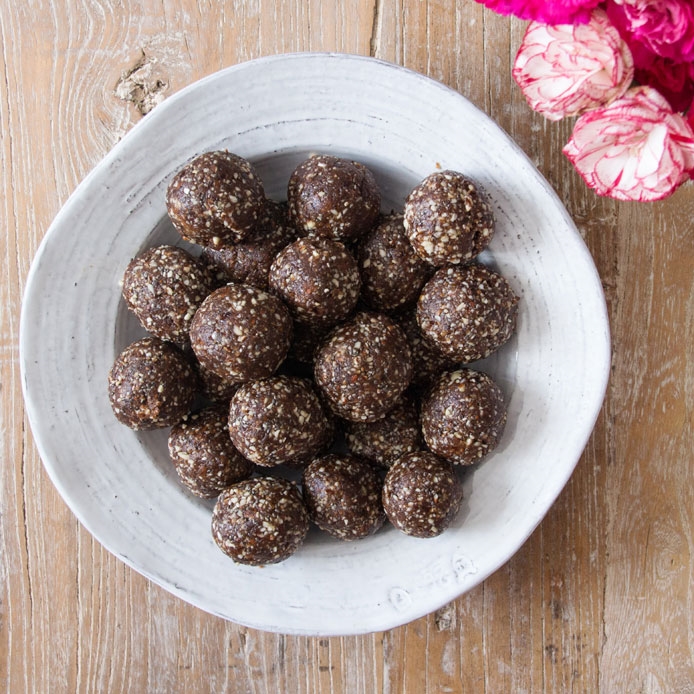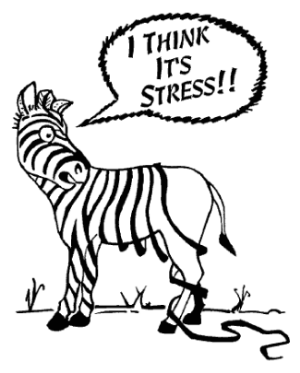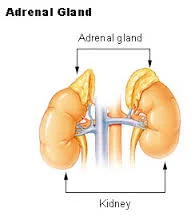As you may know already I love the cookbook The Whole Life Nutrition Cookbook. It is packed with many nutritious and delicious recipes, most quite simple to make. (They have a new Elimination Cookbook coming out as well, which I am excited for.) When I need a simple, whole foods meal without having to buy too many extra ingredients I look here, usually being drawn to one recipe in particular - the black bean, rice and yam wraps. YUM! I sometimes leave the rice out or just use what I have cooked already.
What's the fuss about?
Yams - Did you know these are actually different than sweet potato? Don't worry, they are interchangeable, and this recipe is nice with the bright orange colour of sweet potato. They are gluten free, and lower glycemic index/load than white potato. They are a great source of beta-carotene as well, a powerful antioxidant.
Black beans - These are always in my pantry for times like this. Black beans are a great source of both protein and fibre. 1 cup of black beans provides nearly 15 grams of fibre and 15 grams of protein. Plenty for one meal for the average Canadian. Worried about gas? Recent research has shown that black beans are better digested than lentils and chickpeas and are actually helping to heal your gut. Disgust with your ND if you are still having trouble with black beans.
Ingredients:
- 1 1/2 cups short grain brown rice
- 1/2 cup sweet brown rice
- 4 cups water
- pinch of salt
- 1 large yam, cut into large chunks
- 3 cups cooked black beans, or 2 cans
- 1 large avocado, mashed
- salsa
- mixed greens
- brown rice tortillas
Recipe:
- Preheat the oven to 425 degrees F.
- To cook the rice, place the short grain rice, sweet rice, water, and sea salt into a 2-quart pot cover, and bring to a boil. Reduce heat and simmer for about 45 minutes. Remove pot from heat and let stand for a least 10-15 minutes.
- While the rice is cooking, place the yam chunks into a small casserole dish, fill with about 1/2-in of water, and cover. Bake in the oven for about 40-45 minutes, or until yams are very tender. Remove skins from yams and slightly mash them with a fork. (I typically peel the yam before I cook it.)
- To assemble a wrap, lay a tortilla flat onto a plate and place a small amount of rice in the middle of it, add some cooked black beans, some mashed yam, mashed avocado, salsa and some mixed greens. Fold up and enjoy!
*Variation* - If I feel like a bit of spice, I will saute a small onion, diced, then add 2 tsp cumin, 1/2 tsp chili powder, salt and the beans. I continue turning and smashing some until the desired consistency is reached. I then use these beans in the wraps. Delish!
In health & happiness,
Dr. Karen
(Photo courtesy of Pinterest)









